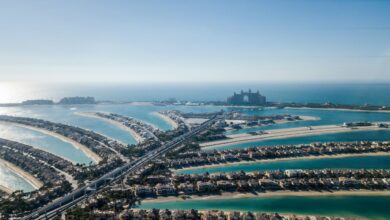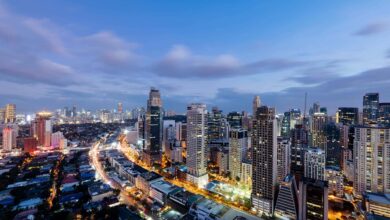
All signs pointing to PH remaining one of Southeast Asia’s fast-rising economies
According to the latest report of the World Bank, the country’s growth projection for this year is still one of the best in the region.
“The Philippines will continue to be the fastest-growing economy in the Association of Southeast Asian Nations (ASEAN), despite some stabilization of investment growth,” according to the Global Economic Prospects report the World Bank released yesterday.
The global lender expects the country’s economy to sustain a 6.7% growth from 2017 to 2019 before slowing to 6.5% in 2020. The 6.7% growth is within the government’s 6.5-7.5% growth goal for 2017, but won’t reach the 7-8% annual target from 2018 to 2022.
PH’s economic growth projections are better than East Asia and the Pacific’s with 6.4% in 2017, 6.2% in 2018, 6.1% in 2019 and 6.0% in 2020. Compared to the rest of the world, it’s well above the global average of 3.0% in 2017, 3.1% in 2018, 3.0% in 2019 and 2.9% in 2020.
Only Cambodia has better growth projections than the Philippines in Southeast Asia with 6.9%. Myanmar also has 6.7% followed by Laos’ 6.6% and Vietnam’s 6.5%.
The World Bank’s Philippine projection was initially 6.6% for last year, but due to its fast merchandise export growth, it was bumped up to 6.7% on December 15 in the East Asia and the Pacific Economic Update. In the same October report, the 2018 and 2019 forecasts for the country were lowered from 6.9% and 6.8% respectively to 6.7%.
The growth projections of other multinational lenders for the Philippines are pretty much the same with the World Bank. The Asian Development Bank (ADB) gave a 6.7% forecast for 2017 while a 6.6% projection is estimated by the United Nations Economic and Social Commission for Asia and the Pacific (ESCAP), the International Monetary Fund (IMF) and the Organization for Economic Cooperation and Development (OECD).
For 2018, the IMF estimated that the Philippine economy will grow by 6.7% while both ADB and ESCAP project a 6.8% growth.
Based on the data gathered by the Philippine Statistics Authority, the Philippine gross domestic product growth from January to October averaged 6.7%. Socioeconomic Planning Secretary Ernesto M. Pernia, however, said that the fourth quarter figure may be higher than that.
State policy is the main contributor to the sound macroeconomic fundamentals of the Philippines according to the World Bank.
“In some ASEAN economies, such as Indonesia and the Philippines, supportive monetary policy had spurred investment and, hence, capital accumulation in the wake of the global financial crisis,” the World Bank said.
“Rapid capital accumulation has also reflected infrastructure upgrades. In the Philippines, improved macroeconomic policy management and the government’s public-private partnership initiative, have boosted capital accumulation.”
The same report said that East Asia and the Pacific will continue to play a major role in driving global growth. It also added that while the risks to the region “have become more balanced,” they are “still tilted to the downside” because of several reasons including tension on the Korean peninsula, tightening financial conditions, slowdown of major economies, policy changes due to Brexit, and even increased protectionist sentiment in economies like the United States.
via Business World / Elijah Joseph C. Tubayan




